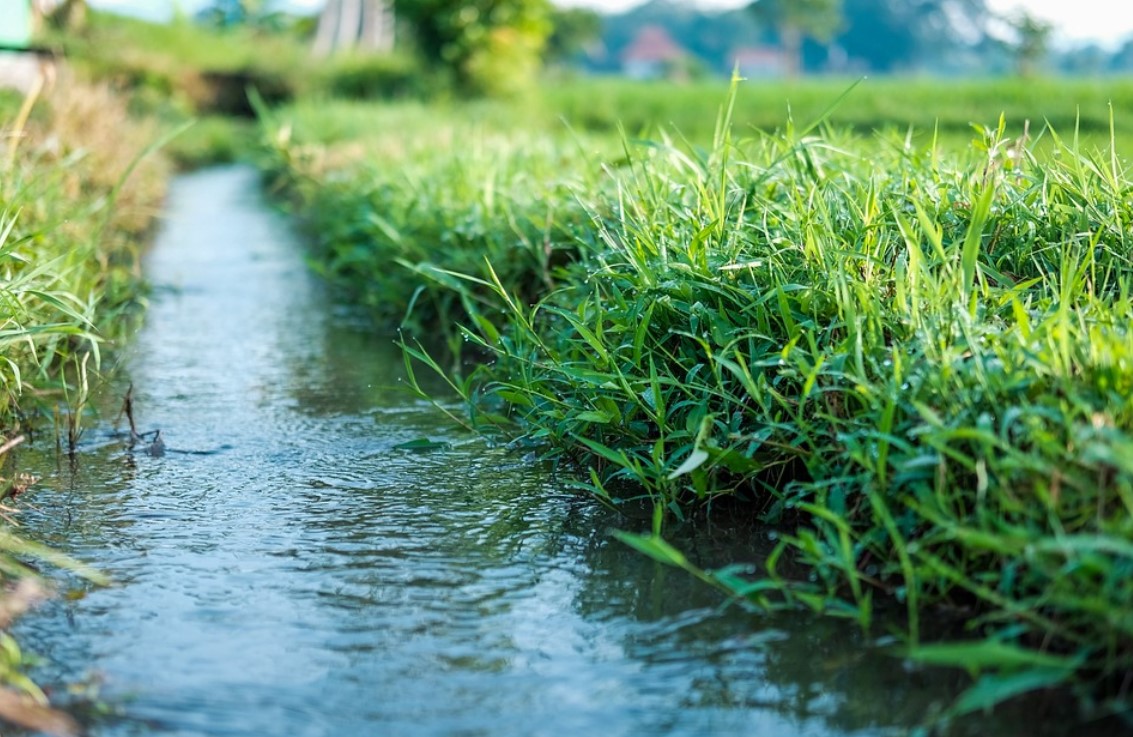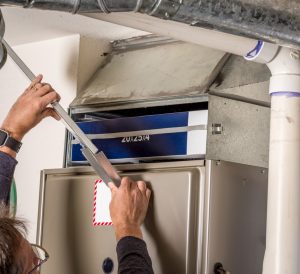When you need to create an irrigation system for your homestead, the task may initially feel overwhelming. Due to the many details, you’ll need to take into consideration each step of the way, a simple mistake can throw off your plans in a hurry. If you want your irrigation construction process to be smooth sailing from start to finish, here are four tips you should always keep in mind.
Analyze Your Land
First, you should analyze your land so that you understand its topography. This will include noting any slopes in your land, shaded areas, the wind direction, and if there are any areas that are usually wetter than others since this will give you a better idea about your land’s drainage and any deficiencies that may be in your soil.
Step 1: Identify Your Terrain
The first step in designing a good irrigation system is to identify the terrain around your home. This includes any hills or slopes in the area as well as any trees or shrubs that might affect the water flow. Consider also the amount of sun exposure – this will help determine how much water is needed in each area of your yard. It’s best to use a topographical map to get an accurate picture of the terrain around your house and plan accordingly.
Step 2: Determine Your Soil Type
Your soil type plays a critical role in determining how much water needs to be applied to different areas of your lawn and garden. Different soils require different amounts of water, depending on their composition and texture. Sandy soils tend to require more frequent watering than clay soils because they quickly absorb moisture but also quickly lose it due to evaporation. Knowing what type of soil you have will help you create an effective irrigation plan that meets all of your needs without wasting excess water.
Step 3: Estimate Your Watering Requirements
Once you know the terrain around your home and the type of soil you have, it’s time to estimate how much water each area requires. The amount of moisture needed will vary based on climate conditions as well as other factors such as wind, sunlight exposure, and temperature fluctuations. Make sure to factor in all these elements when calculating how much water is necessary for each area so that you can ensure proper hydration without wasting resources.
Define Your Water Source
Prior to getting your irrigation system construction underway, always define your system’s water source. Will your water source be above ground, such as a lake or river, or will you rely on an underground spring? Here are a few of the most common sources used for irrigation.
Rainwater Collection System
One of the most efficient ways to water your lawn is by installing a rainwater collection system. Rainwater collection systems are tanks that collect rainwater from rooftops and other surfaces around your property and store it in an underground tank. This collected water can then be used for all sorts of purposes, including watering your lawn or garden. Not only does this eliminate waste, but it also helps conserve resources since rainwater is free! It’s important to note that if you live in an area with heavy rainfall, a rainwater collection system may not be necessary since the rain will naturally provide enough moisture for your lawn or garden.
Well Water
If you don’t have access to city water, another option is well water. Well water often contains minerals like calcium and magnesium which can help enrich the soil and nourish plants in addition to providing moisture. It’s important to understand that there are different types of wells – shallow wells which draw from groundwater within a few feet below ground level, and deep wells which draw from aquifers located hundreds of feet below ground level – so it’s best to consult with a professional when determining which type of well will be best for your needs. Additionally, testing should be done periodically to ensure that the quality and safety of the well water meets local standards.
City or Municipal Water Supply
The most common source of water for home irrigation is city or municipal water supply lines. This type of irrigation uses pressurized pipes connected directly to public utilities which provide potable tap water directly into homes and businesses. City or municipal water supplies are often treated with chemicals like chlorine or fluoride in order to make sure they meet safety standards set by local governments; however, these treatments can sometimes cause damage to certain plants so it’s important to research any potential effects before beginning use of this type of irrigation system on sensitive plants or crops.
Should you want to use a lake, be sure it is one that does not dry up during the hottest parts of the year. Once you know your water source, test the water’s levels of saline and iron, and also test for the presence of any algae.
Use Design Software
To make your irrigation construction process go off without a hitch, take full advantage of irrigation software. Often available for free online or for a very reasonable price, this software can help you not only design the most efficient irrigation system for your land, but also come in very handy once your system is up and running. Able to provide accurate and real-time updates on water usage, the software can also help you map out water cycles, increase or decrease sprinkler output based on weather conditions, and let you accumulate data that can be used to make additional changes if necessary.
Professional Installation
Even if you think you can handle the construction of your land’s irrigation system, it is often best if you leave this task to a professional who is certified in irrigation system installation. This is especially true if your system will be very complex and cover a large amount of land. By hiring a pro, you will know they will be able to choose high-quality hoses, filters, fittings, and control and emitting parts to make your system extremely efficient.
As you take advantage of the latest technology and develop a partnership with irrigation system professionals, you’ll soon find you have an irrigation system in place that is working exactly as you intended.



